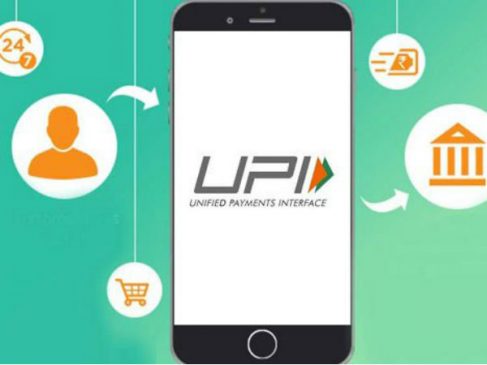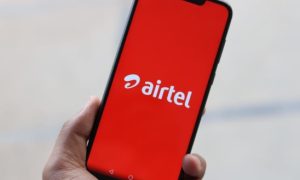National Payments Corporation of India (NPCI) had recently introduced a new UPI feature. The product, called UPI Plugin or merchant SDK (software development kit), enables online merchants to add a virtual payment address to collect money without a payments app.
This helps them enable faster, seamless payments without customers needing to go to a third party app like Google Pay or PhonePe.
Read More: ATM Charges: Check Before You Withdraw Cash – Rules Of Top Banks In India
How The UPI ‘Plug-In’ Feature Works

For instance, if a customer is using the Swiggy app and opts for UPI payment, it takes the customer to a UPI app such as Google Pay or PhonePe, through a notification prompt. Once the payment is done, it takes the customer back to Swiggy where the order is completed. However, this additional step results in payment failures due to multiple reasons.
That is where the new feature comes in. The UPI Plugin feature means that the payment happens within the merchant app itself without going to a specific UPI app. Payment gateway and processing firms Paytm, Razorpay and Juspay have empowered merchants with the option of enabling the SDK with the hope of improving success rates by up to 15 per cent.
Read More: Indian Railways: How to book an entire coach or the train for a trip? Know process and cost
However, PhonePe co-founder and Chief Technology Officer (CTO) Rahul Chari shared a blog post to express his different perspective. “The UPI Plugin model does not offer any significant technical benefit to improve success rates. It instead shifts the onus that exists on payment apps today to the sponsor bank and the merchant application. This model introduces more complexity and puts more burden on the merchants rather than helping them focus on their core business,” he says in the blog, implying that the product has some challenges.
Why The New Feature Is A Headache For Google Pay & PhonePe

This could hurt UPI leaders PhonePe and Google Pay, which enable many such merchant UPI payments at present. The probability of a lot of customers not going to these UPI apps to complete UPI payments could take away their dominant market share. PhonePe and Google Pay command 47% and 33% market share, respectively, in UPI.
Read More: Users will not receive unwanted pictures and videos in their Instagram DMs with “this” feature
“If large merchants like Swiggy, Zomato, Flipkart, Myntra and Dream 11 move to in-line or in-app payments it will be a huge setback to Google Pay and PhonePe. This could help bring their market share substantially. They have every reason to be scared,” says a senior executive who works closely with NPCI, which runs UPI.
In fact, this product has been the longstanding demand of most ecosystem players, such as merchants, payment processors and banks. Today, around 57% of all UPI payments are merchant transactions. Half of those merchant transactions are online, indicating that PhonePe and Google Pay could lose a substantial portion of their transactions if a large number of merchants adopt this product, as per Money Control.
In fact, almost 60% of all online transactions are made using UPI and that is expected to go up to 75% in the next couple of years. Hence, the success of the UPI Plugin is important to ensure that three-quarters of all online payments have a higher chance of success. Third party application providers (TPAP) make money mostly by enabling merchant transactions and hence locking merchants into their ecosystem is important for PhonePe and Google Pay. The innovation could hurt them even as these apps are looking to monetise their user base.
Another Move To End PhonePe & Google Pay’s Duopoly?
While NPCI wants more UPI players to emerge, succeed and take market share from the two large existing players — PhonePe and Google Pay control over 80% of the UPI payments — it does not seem to be working, at least yet.
Before the launch of WhatsApp Pay UPI, NPCI had come up with a rule that said that no single TPAP player should have more than 30% market share on the UPI platform by January 2023. The players with more than 30% would have to reduce this below the threshold. The fear was that WhatsApp, with over 500 million users, would dominate UPI.
This would also have impacted PhonePe badly and Google Pay to some extent.
However, as per the report. the measures to bring down market share would have meant a serious disruption in the speed and ease of UPI transactions, so last year, NPCI extended the deadline by another two years to December 31, 2024.
Over the last couple of years, the market share of the top three players in the ecosystem has barely changed — even Paytm’s share is stable at around 13 per cent of UPI transactions. It has not changed even with the entry of WhatsApp and Cred. Amazon has seen its market share decline by over 60% in the last year or so to around 0.6 per cent.
Read More: Google steps up user privacy with tool for managing personal information online
For this new UPI feature to work, NPCI needs players like payment gateway firms and merchants to promote this. “There is no reason why they would not. But there is an effort, time and monetary investment from their side,” says an executive close to NPCI.





































